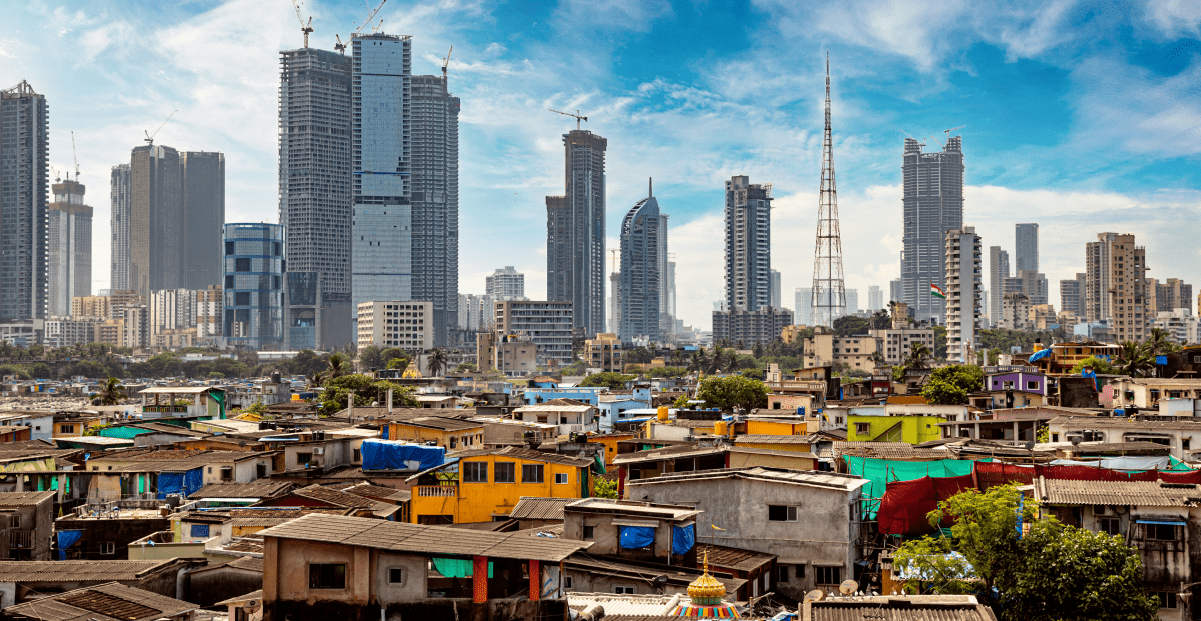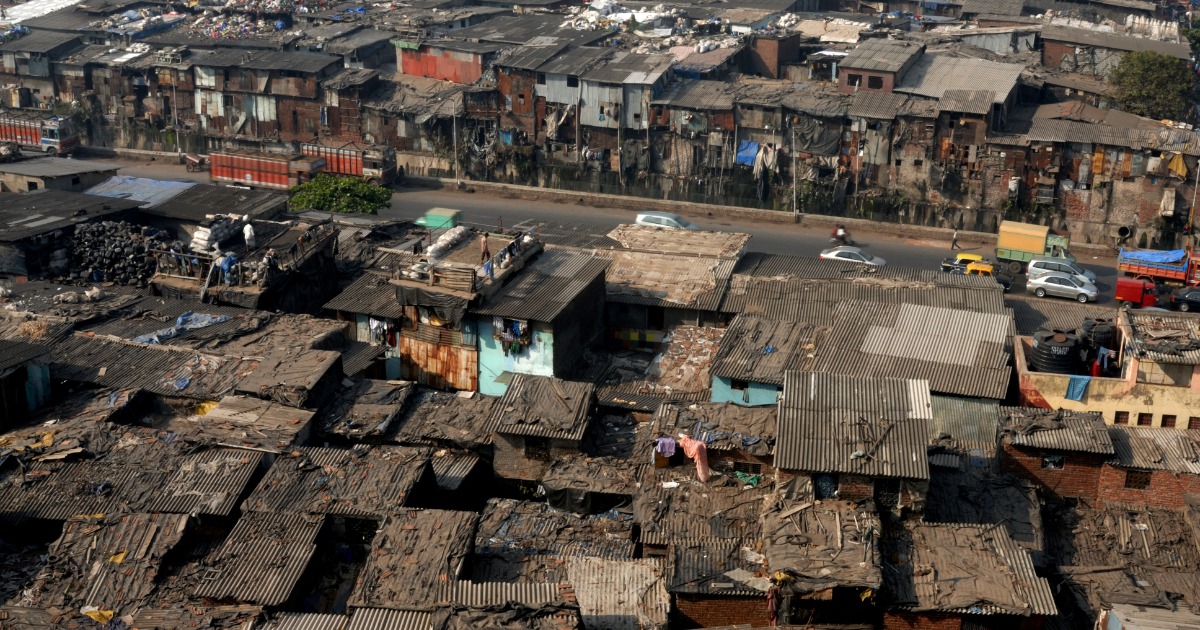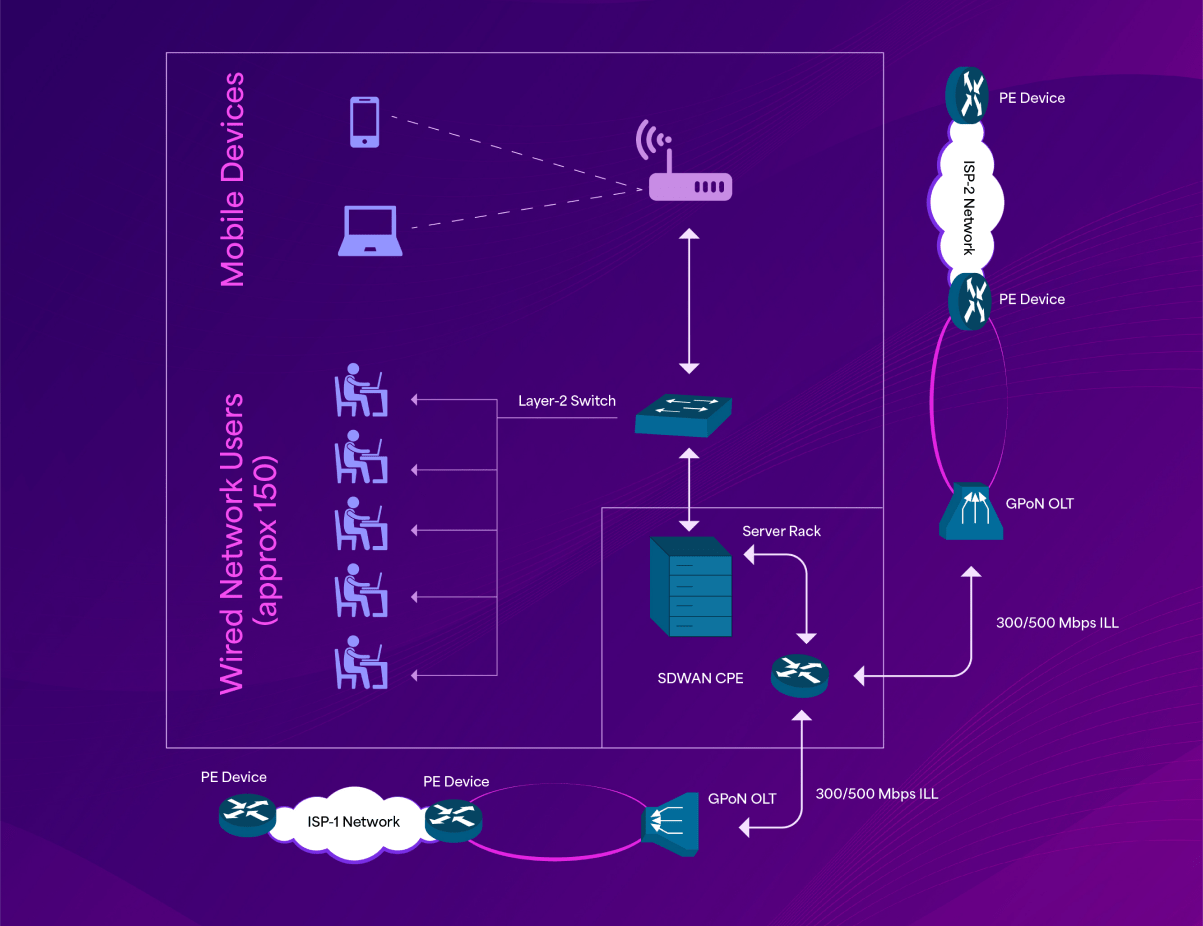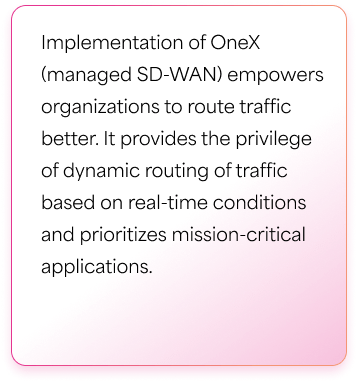In today’s digital age, internet connectivity is as essential as food, shelter, and clothing. However, even in India’s largest cities, there are areas where reliable internet remains a distant dream. These underdeveloped pockets, often nestled within bustling metropolises, are home to thriving businesses that face daily challenges due to poor connectivity.
Dharavi – In the Heart of Mumbai
Mumbai, India’s bustling metropolis, is a city of contrasts. While it’s renowned for its towering skyscrapers and glamorous lifestyle, Dharavi, one of Asia’s largest slums, lies in the city’s heart. Despite its proximity to Mumbai’s commercial and cultural hubs, Dharavi stands as a stark reminder of the digital divide that persists in even the most developed urban centers.

The Urban Connectivity Divide:
Cities like Mumbai are often portrayed as hubs of innovation and economic prosperity. Yet, within these urban landscapes exist communities like Dharavi. Even though Dharavi is located in the heart of Mumbai, where film shoots, small industries, and billion-rupee businesses thrive, its infrastructure remains woefully inadequate to support reliable connectivity. Narrow lanes, densely packed housing, and unplanned settlements make establishing robust network infrastructure nearly impossible. For businesses in these areas, unreliable internet is more than just an inconvenience—it’s a significant barrier to growth.

A Leading Real Estate Giant's Vision
A leading real estate giant, part of one of the world’s largest conglomerates with a turnover of Rs 22,644.47 crore, recognized Dharavi’s untapped potential. Their vision was to create a sustainable, inclusive community that would not only improve the lives of its residents but also contribute to Mumbai’s economic growth. A crucial component of this transformation was ensuring seamless internet connectivity, a major challenge in such an environment.
Challenge
Ensuring seamless connectivity for their offices located in Mumbai’s most economically diverse areas, including Dharavi and Mahim, was a high-stakes endeavor. Without reliable internet, their operations could come to a standstill, significantly impacting their business.
Client Requirements
Their needs were varied, reflecting the unique challenges posed by each location:
– Mahim Scrapyard, Mumbai: Required two enterprise broadband connections with 500 Mbps and 300 Mbps bandwidth, converging on a single CPE equipped with secure SD-WAN.
– Dharavi, Mumbai (Portsmouth Office): Demanded a managed office solution with two enterprise broadband connections of 100 Mbps each, terminating on secure SD-WAN CPEs across two different rooms.
– Shri Ganesh Vidya Mandir, Dharavi: Required a SD-WAN CPE paired with a 300 Mbps Broadband with dual protection paths.
Deployment Challenges
There were significant hurdles for network deployment. The densely packed housing, narrow lanes, and informal settlements made traditional infrastructure installation difficult. Moreover, the lack of proper planning and documentation, coupled with disputes over land ownership, further complicated the process.

Deploying a reliable network in areas like Dharavi is fraught with challenges:
Dense Population and Unplanned Infrastructure: The chaotic nature of these neighborhoods, with their narrow streets and unplanned layouts, made it nearly impossible to transport and deploy standard equipment. The absence of accurate maps further complicated planning.
Disputed Land Ownership: Many areas in these neighborhoods suffer from unclear or disputed ownership, making it difficult to obtain the necessary permissions for laying down infrastructure.
Limited Public Services: The scarcity of public services, such as power and water, posed additional hurdles in establishing network pathways, often requiring innovative solutions and advanced equipment.
Security Concerns: The packed and sometimes volatile environment necessitated a cautious approach, with smaller teams working meticulously to ensure both their safety and that of the residents.
Strategic Approach
When it comes to deploying network infrastructure, there is no one-size-fits-all approach. We tailored our solutions to overcome geographical barriers, ensuring businesses could achieve their objectives. For such challenging environments, we deployed a combination of our proprietary solutions: NetX and OneX.
OneX laid the foundation with SD-WAN, which abstracts private line connectivity, such as MPLS, into a software-controlled overlay network. Supported over physical broadband, wireless, and MPLS networks, SD-WAN functionality is implemented using virtualized network functions (VNFs) that run on simplified infrastructure, typically a single rack server per branch office. SD-WAN requires minimal infrastructure and is independent of MPLS, establishing connections with broadband, Wi-Fi, LTE, and 5G, dynamically directing traffic over the best available connection.
In cases where SD-WAN faced limitations, NetX was deployed to provide a broadband connection. With broadband and SD-WAN, businesses gained the flexibility to use both broadband and wireless networks. Primary and secondary broadband connectivity from different providers ensured no service discontinuity.

Impact and Outcome
CelerityX provides the most pervasive broadband network with more than 10,000+ connectivity partners nationwide. Here are the benefits that the client received from our deployed solution:









